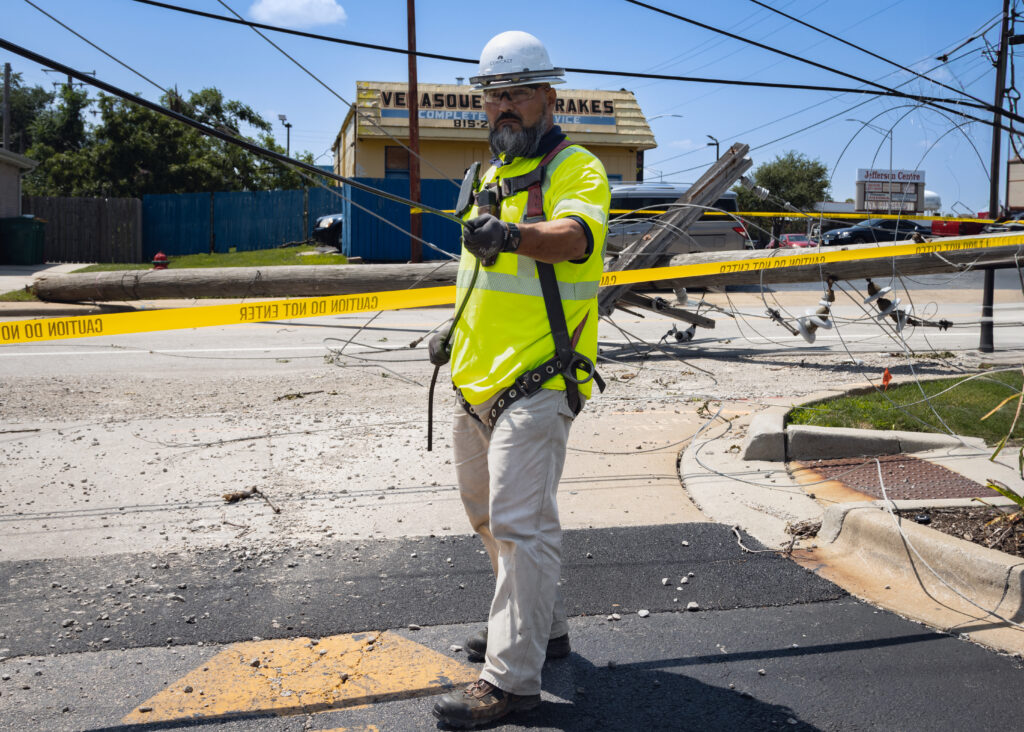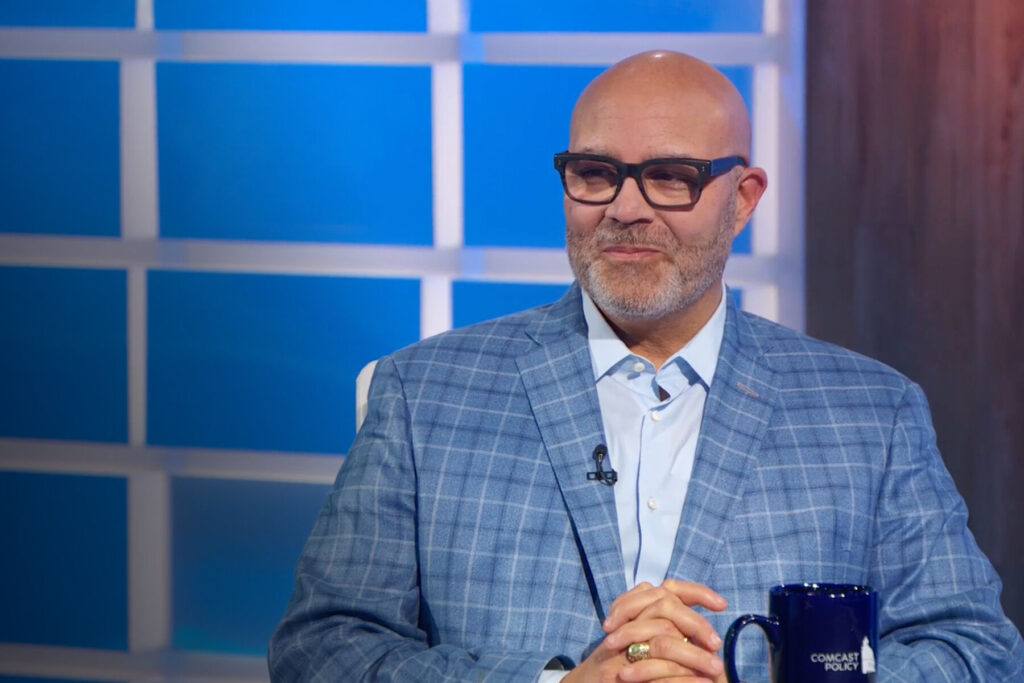Recently, NTIA issued a report analyzing the early development and successes of the nation’s Citizen’s Broadband Radio Service (CBRS) – a relatively new spectrum design model allowing many parties to share public airwaves supporting both commercial and government activities. This report was put out for comment and NCTA along with others filed comments supporting this approach and its ability to unlock tremendous value for consumers through new competition and innovative wireless services.
Unsurprisingly, large wireless carriers are not fans. Having already locked up roughly 80% of the country’s exclusive-licensed spectrum across three companies, carriers are downright hostile to alternative licensing models that would support the growth of new wireless competition.
In the CBRS band, the wireless industry argued vociferously for design choices supporting huge geographic license areas that only cellular networks need and for high power levels that favor their network architecture.
But the FCC rightly decided to adopt a new approach with the CBRS band that would unlock competition and innovation. It included:
- Smaller geographic areas to give new competitors and private wireless operators a shot.
- Lower power levels that promote greater spectrum reuse.
- A sharing framework which showed that there’s an alternative to the style of auctions that have served as barriers to competition for many years.
The innovative CBRS framework attracted a huge variety of bidders, winners, and spectrum users such as education and healthcare providers, wireless ISPs, utilities, tribes, equipment providers, and cable providers competing with incumbent wireless carriers.
- The CBRS auction saw 271 qualified bidders, resulting in 228 unique winning bidders. That’s ten times more winning bidders than in the far less competitive 3.45 MHz auction.
CBRS has already resulted in the deployment of 285,000 base stations in the band, compared to only 69,543 new base stations by mobile operators in exclusive bands during the same period. And despite attempts to tamp down this new competitive spectrum source, we’re seeing great innovation. For example:
- Comcast uses CBRS to deploy a private 5G wireless network at the Wells Fargo Center in Philadelphia.
- Cox has used CBRS to build a private wireless network extension to connect low-income Mesa Public Schools students at home, increasing digital equity in the district.
- Charter Communications launched a commercial-grade employee trial of its 5G mobile data-only network leveraging CBRS.
- The Arlington Public Schools are using CBRS to address the homework gap.
- Memorial Health Systems in Illinois is using CBRS for test and triage operations.
- US Ignite will use CBRS for IoT at Fort Carson in Colorado.
Faced with the emergence of this model and a growing diversity of use cases, the entrenched incumbents have chosen to go negative and incorrectly suggest that recent statements made by cable executives noting cable’s success today in offloading traffic from its wireless services to robust Wi-Fi networks ‘proves’ that “cable companies have no actual need for the additional spectrum.”
But it shouldn’t be surprising that companies stage deployment of new network assets, including CBRS facilities, to support providing valuable consumer services at competitive prices. If current arrangements were conclusive predictors of future needs, then maybe it’s the statements of their wireless executives that CTIA should be reviewing as they consistently complain about a 5G spectrum crunch.
- Take Verizon Wireless CEO Hans Vestberg for example, who said recently: “We have so much more capacity coming. On top of that, all the new features you have with advanced 5G carrier aggregation, we have new devices coming out that can handle different spectrum. . . . [I] feel really confident that we will manage this [spectrum] capacity without any problems to the levels we have talked about and way beyond that.”
The contradiction is glaring: Attacks on the CBRS band are based on avoiding shared bands because spectrum will soon be “exhausted,” and without new spectrum, carriers will soon have to “limit use of their network.” But company executives tell Wall Street that they have more than enough capacity not only to maintain their current businesses but to grow even larger.
Attacks against CBRS should be seen for what they are – transparent attempts to thwart new wireless competition that is offering consumers actual savings.
Dynamic coexistence technologies and shared licensing are updated means of commercializing spectrum resources that, unlike exclusive licensing, do not require displacing existing users. Shared licensing also makes it possible for competing network providers, private businesses, universities, and more to directly access spectrum resources to get the service they are not receiving. And shared licensing means geographic license sizes that make sense for these kinds of uses, rather than purchasing a license for more territory than needed.
Dynamic coexistence technologies and shared-licensed bands, along with unlicensed spectrum, promote a comprehensive spectrum strategy. They bring in new and accommodate existing users, including important national security operations and other federal uses. That may not be ideal for the three nationwide mobile carriers looking to maintain their dominance of licensed spectrum, but it’s good for the country.









